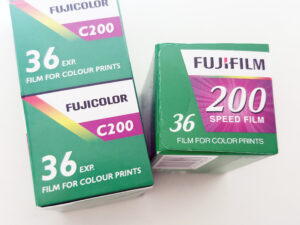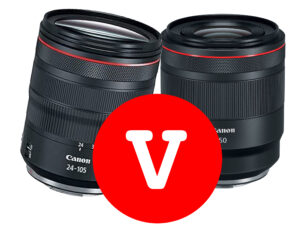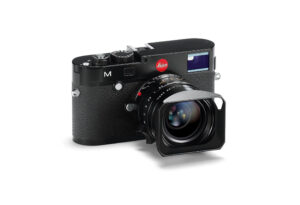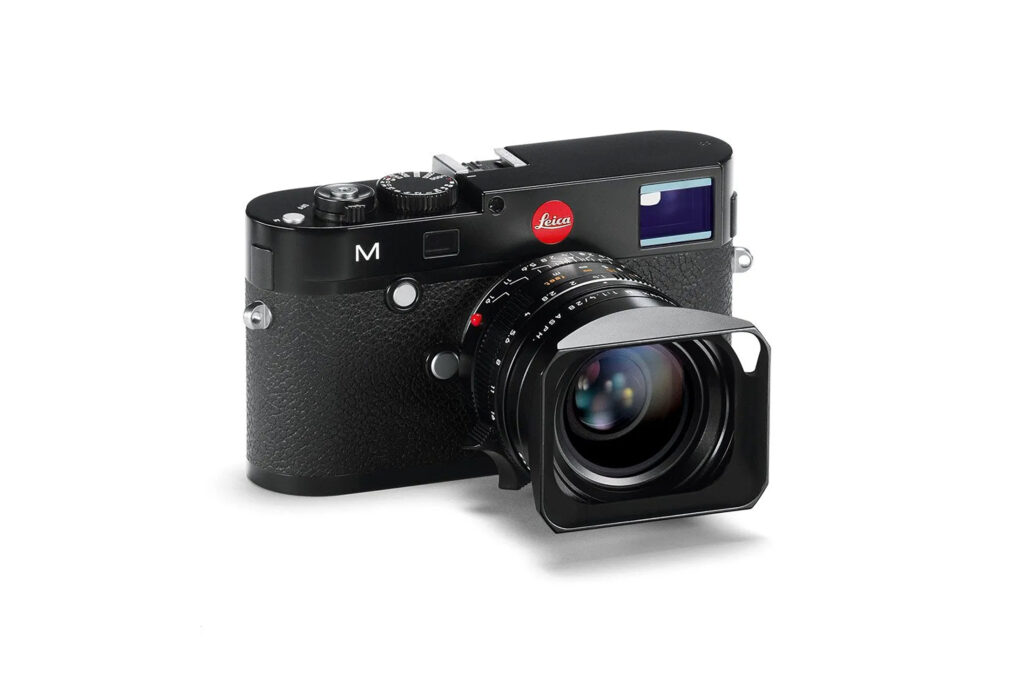When getting into Leica, something you notice early on is the different lens names. Leica’s Lens names refer to the lens’ speed, or F Stop. Currently they are Summaron, Super Elmar, Elmarit, Summicron, Summilux and Noctilux. The order I’ve put them in is slowest to fastest, but don’t be fooled, the Summaron is not an inadequate lens. You don’t just pickup a 50mm F1.4, you pickup a 50mm ‘Summilux.’ Actually the logic of the names is quite clever, each one refers to something a bit special about the speed, and internal option of the lens itself.
Leica’s Lens Naming: An Extended Study
In the vast world of photography, Leica lenses stand out for their quality and the unique nomenclature system they employ. Delving deeper into the intricacies of the Leica lens naming system reveals a structured approach that incorporates both the lens’ speed and unique characteristics.
Historical Context
Leica’s legacy dates back to the 1920s when it began to introduce lens trademarks like ‘Elmar’. Over the decades, the company has maintained and built upon its reputation for producing the world’s finest lenses, as reflected in the registered trademark status of their products. However, these trademarks are not just random names; they represent the highest standard for their respective class and f-stop. This system has persisted since the 1960s and has been coupled with suffixes for different camera types since the 1970s.
Trademarks and Their Meaning
The Leica lens naming convention is anchored in the lens’ speed or f-stop. While trademarks like ‘Summicron’ might seem abstract, they convey specific meanings in relation to the f-stop:
- Noctilux: Ranges from F1.2 to F0.05, originally designed for extremely low-light conditions.
- Summilux: F1.4, ultra-speed lenses optimal for low-light photography.
- Summicron: F2, the gold standard in terms of sharpness and optical performance.
- Summarit: Initially introduced as F1.5, it later was used for F2.5 lenses.
- Elmarit: F2.8, especially popular for extreme focal lengths.
- Elmar/Super Elmar: F3.8, representing high performance in a compact form.
- Hektor: F4, currently nothing with this name in the modern lineup.
- Summaron: F5.6, a modern homage to vintage designs, especially noted for its character.
Deep Dive into Lens Categories
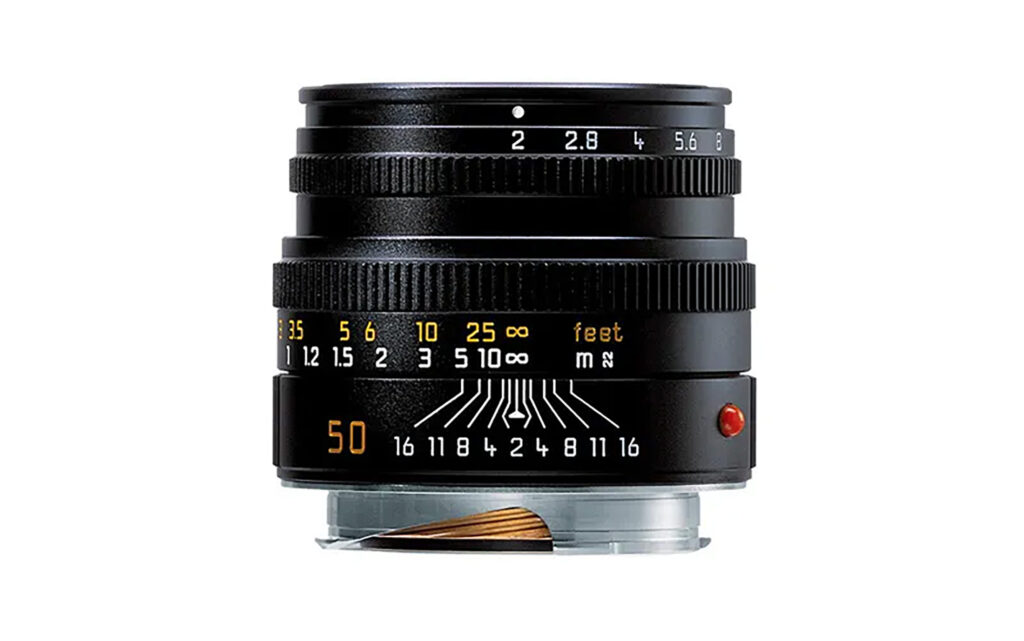
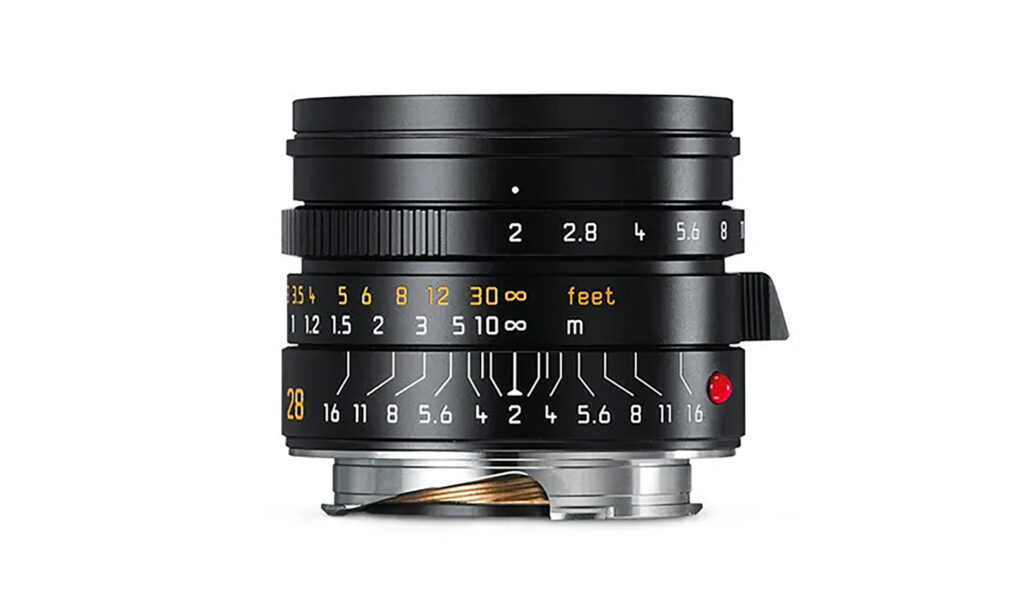
Summicron
Introduced in 1953, it’s a representation of Leica’s highest optical performance. Its ability to capture sharp images even in dim lighting conditions underscores its excellence. Its versatility across various focal lengths, from 28mm to 90mm, signifies the painstaking efforts to ensure top-tier performance.
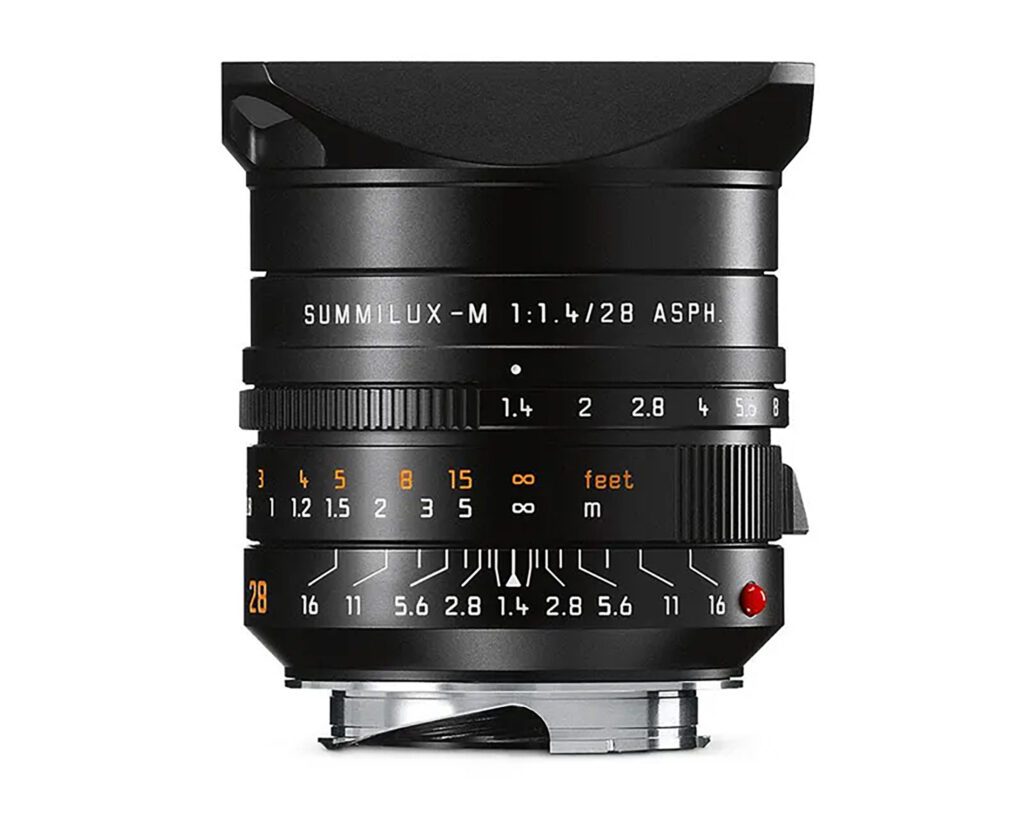
Summilux
First introduced in 1959, this line is designed for low-light photography. Although it trades off some optical performance for speed compared to the Summicron, it remains a popular choice among many photographers.
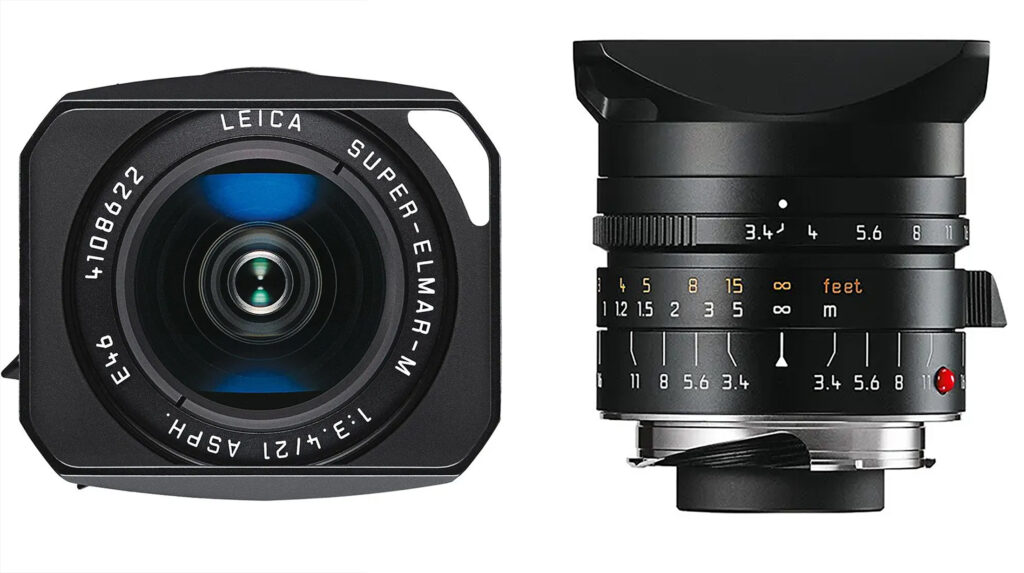
Elmarit
With sharpness and clarity, particularly the 28mm version, this lens is popular among those who seek performance at extreme focal lengths.
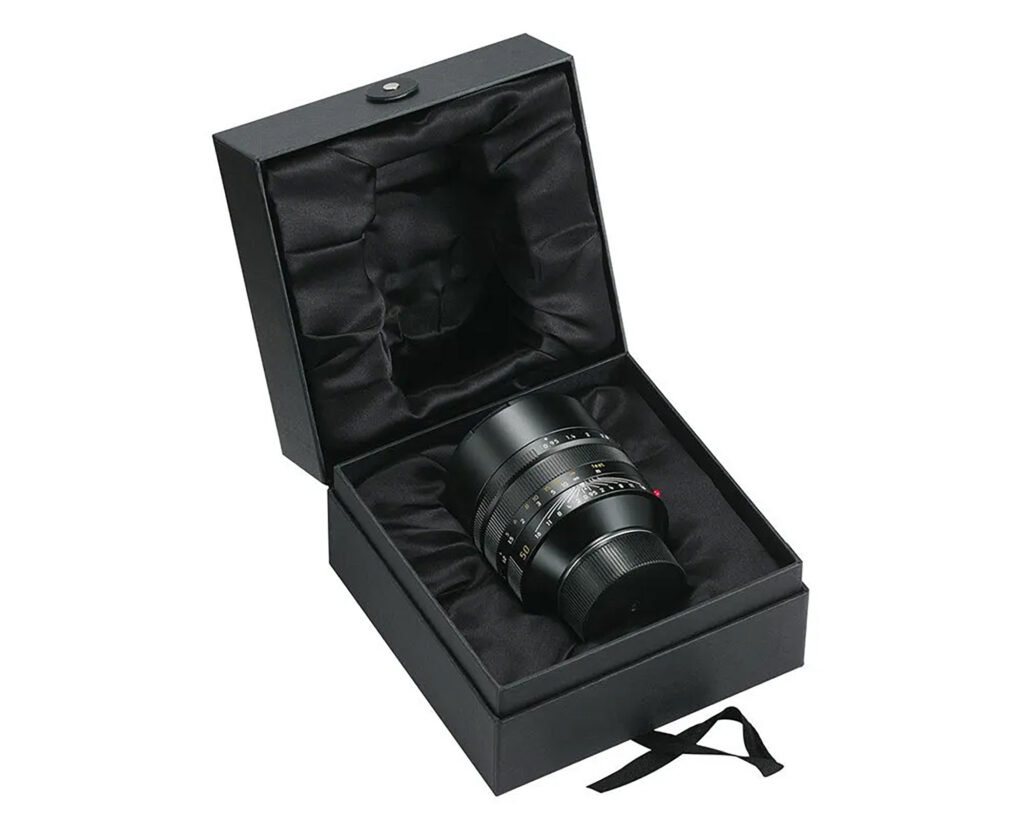
Noctilux
A specialty lens optimized for ultra-low light conditions. Modern advancements in imaging have rendered it less critical for most photographers, but its unique characteristics keep it in demand among enthusiasts and collectors.
Summarit
Originating as Leica’s fastest lens in 1949, its modern incarnation as F2.5 didn’t capture the market as effectively, leading to its discontinuation.

Summaron
A special edition lens, the 28mm F5.6 Summaron is a tribute to the classic designs of the 1950s and 60s. It stands apart in the digital age with its vintage character, producing images reminiscent of analog photography.
Understanding the Additional Lens Marks
ASPH (Aspherical)
This pertains to lenses whose surface profiles aren’t part of a sphere or cylinder. By using an aspherical element, optical aberrations like spherical aberration and astigmatism are significantly reduced. This results in a sharper image and often allows a single aspheric lens to replace a complex multi-lens system, making the device more compact.
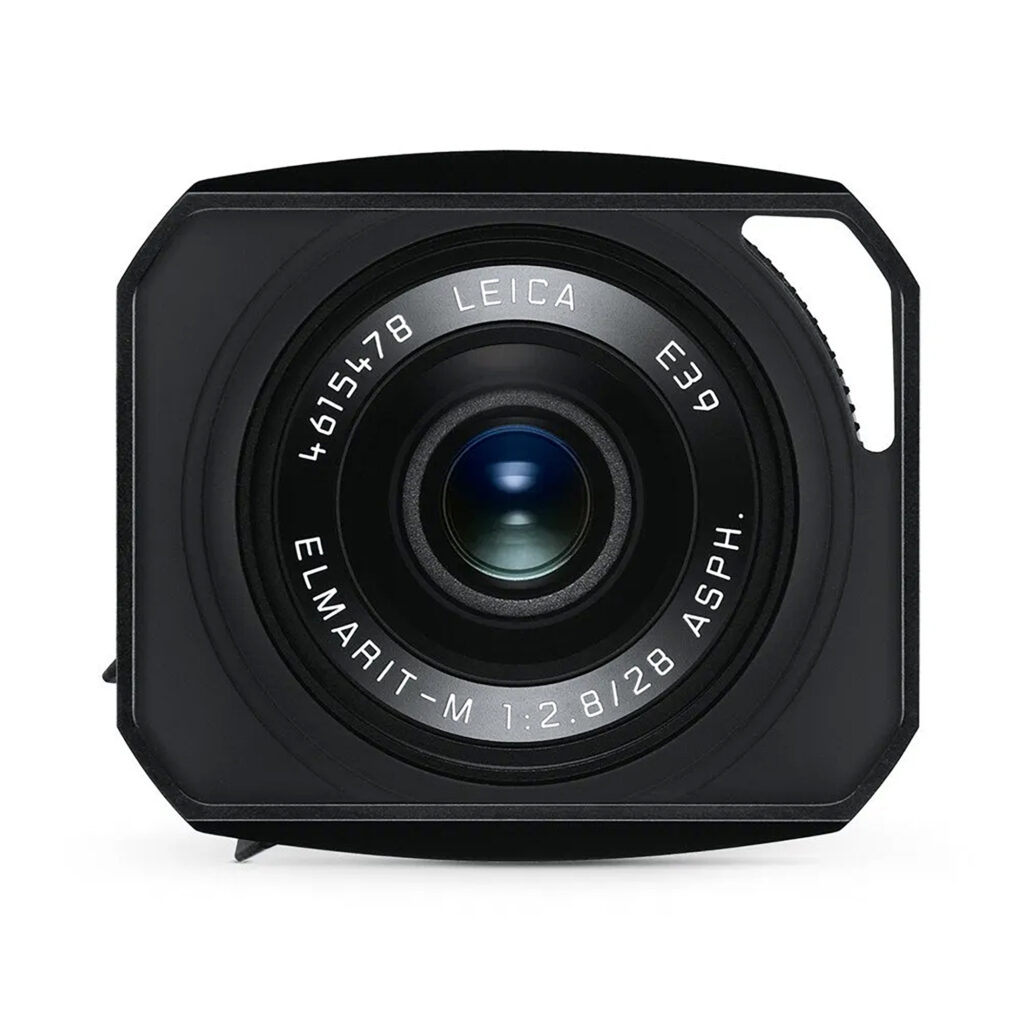
APO (Apochromatic)
A lens that is apochromatically corrected ensures all colors converge at the same focal point. This eliminates chromatic aberration or color fringing, especially crucial in longer focal lengths.
Leica’s lens naming convention is a harmonious blend of art and science. It’s a system that encapsulates both the technical specifications of the lens and the history and ethos of the company. In the realm of photography, where a lens’s performance can make or break an image, understanding the nuances behind Leica’s lens names offers photographers deeper insight into what they can expect when they peer through their viewfinder.













